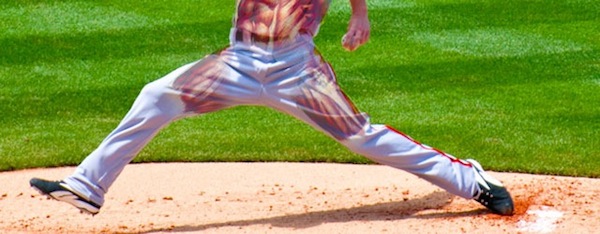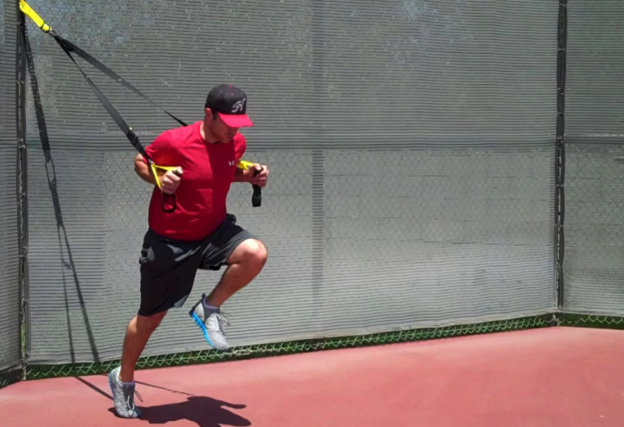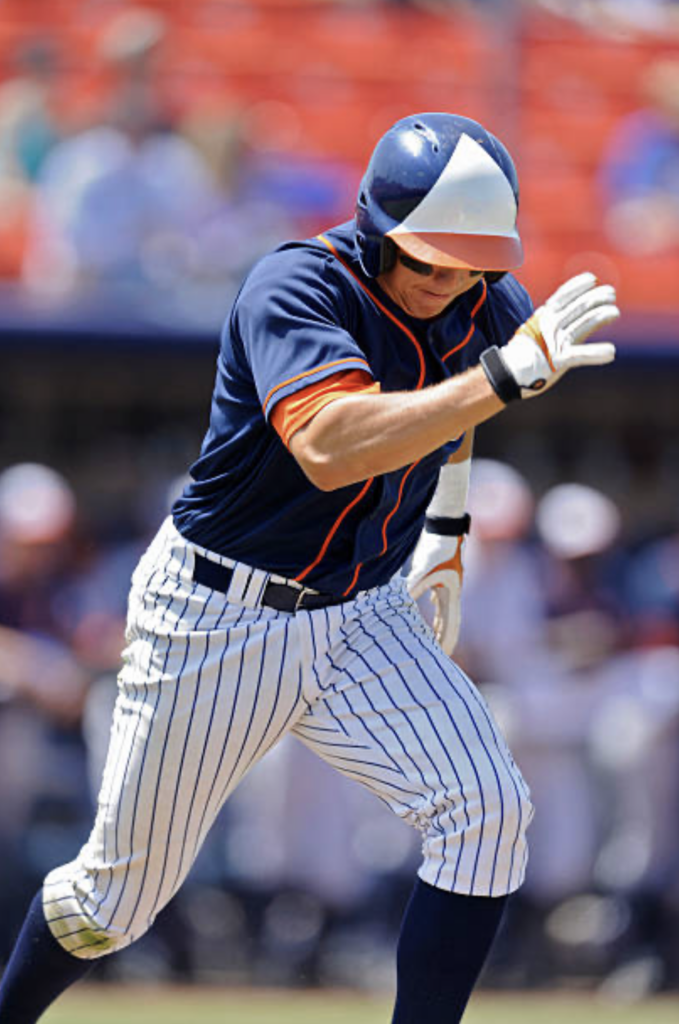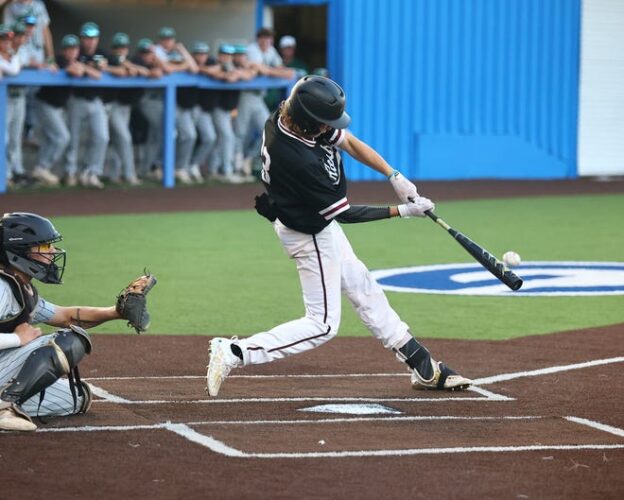Strength training is essential for baseball players to enhance performance, reduce injury risk, and increase longevity in the sport. However, just as important as knowing what to do in the gym is knowing what to avoid. Many athletes, especially at the high school level, make common mistakes that can hinder their progress and even lead to injury.
Let’s review the most common mistakes made in baseball strength training and provide actionable tips on how to avoid them. By addressing these errors, athletes can train more efficiently, with better results on the field.
1. Skipping Warm-Ups and Mobility Work
One of the most frequent mistakes in strength training is neglecting proper warm-up routines and mobility exercises. Jumping straight into heavy lifts without preparing the body can lead to injury, reduced performance, and a lack of muscle activation.
Why It’s a Problem:
- Lack of a warm-up increases the risk of strains and pulls, especially in fast-twitch muscles needed for explosive movements.
- Poor mobility and flexibility can impair movement mechanics, reducing athletic performance and increasing joint stress.
How to Avoid It:
- Dynamic Warm-Up: Prior to strength training, perform 10-15 minutes of dynamic exercises that increase blood flow and activate the muscles. This could include exercises like leg swings, arm circles, high knees, or walking lunges.
- Mobility Drills: Incorporate mobility exercises that focus on key areas like the hips, shoulders, and thoracic spine. This can improve range of motion and ensure optimal movement during lifts and sport-specific movements.
2. Focusing Too Much on Isolation Exercises
While isolation exercises like bicep curls and tricep extensions may build some muscle size, they don’t always carry over to the functional strength needed in baseball. Many players, especially those new to strength training, may spend too much time on these types of exercises and neglect the full-body movements that help develop power, stability, and coordination.
Why It’s a Problem:
- Baseball requires dynamic, multi-joint movements, so relying too heavily on isolation exercises neglects the development of the body as a unit.
- Exercises that target one muscle at a time don’t effectively train the muscles to work together in complex, explosive actions like hitting or throwing.
How to Avoid It:
- Prioritize Compound Movements: Focus on full-body exercises like squats, deadlifts, lunges, pull-ups, and presses. These movements engage multiple muscle groups at once and mimic the dynamic, compound actions that baseball players use.
- Functional Strength: Incorporate exercises that train the body to generate force from the ground up, such as kettlebell swings, power cleans, and medicine ball throws. These exercises build the functional strength needed for baseball-specific movements.
3. Overtraining and Not Allowing Enough Recovery
Baseball players, especially those who are highly motivated, often make the mistake of overtraining, thinking that more is always better. This can lead to burnout, fatigue, and overuse injuries, which are counterproductive to long-term progress.
Why It’s a Problem:
- Overtraining can cause muscle strain, joint pain, and decreased performance. The body needs adequate rest to repair and rebuild after intense workouts.
- Without proper recovery, the body doesn’t have time to adapt and grow stronger. This leads to stagnation or even a regression in performance.
How to Avoid It:
- Prioritize Rest Days: Ensure that the strength training program includes proper rest periods. Aim for at least one to two rest days per week, depending on the intensity of training.
- Active Recovery: Incorporate low-intensity activities like walking, swimming, or yoga to promote recovery without putting additional strain on the body.
- Listen to Your Body: Pay attention to signs of fatigue or discomfort. If you feel overly sore or worn out, adjust your training intensity or take an extra rest day.
4. Neglecting Core Strength and Stability
The core is the foundation of nearly every movement in baseball, yet many athletes overlook it or don’t train it effectively. A strong core is crucial for generating power in both the upper and lower body, particularly when hitting, throwing, or sprinting.
Why It’s a Problem:
- Weak core muscles limit rotational power, balance, and the ability to transfer force from the lower body to the upper body.
- A lack of core stability can lead to poor posture, inefficient movement patterns, and an increased risk of back injuries.
How to Avoid It:
- Incorporate Core-Focused Exercises: Core exercises like planks, dead bugs, Russian twists, and medicine ball throws should be included regularly in training programs. Focus on stability exercises to engage deep core muscles and improve overall strength.
- Include Anti-Rotation Work: Exercises that challenge the core to resist twisting forces, such as the Pallof press or anti-rotation chops, help develop the core strength necessary for baseball actions like hitting and throwing.

5. Using Poor Form or Technique During Exercises
One of the most detrimental mistakes players make is using improper form or technique during exercises. This is often the result of trying to lift too heavy weights too quickly or rushing through exercises without paying attention to movement patterns. Bad technique doesn’t just reduce the effectiveness of the workout; it also increases the risk of injury.
Why It’s a Problem:
- Poor form can lead to muscle imbalances, joint strain, and injury. For example, rounding the back during deadlifts can lead to a herniated disc.
- Improper form reduces the efficiency of exercises, meaning players may not activate the muscles they intend to work, hindering progress.
How to Avoid It:
- Focus on Technique Over Weight: Prioritize good form, even if that means lifting lighter weights initially. It’s better to perform exercises with perfect form than to risk injury with heavier weights.
- Use a Mirror or Get Coaching: Ensure that you’re performing exercises with the correct technique. If possible, use a mirror for feedback or seek coaching from an experienced trainer or strength coach.
- Warm-Up with Lighter Weights: Before moving to heavier loads, warm up with lighter weights to practice form and activate the correct muscles.
6. Ignoring Sport-Specific Movements
While general strength training is important, baseball players should also include exercises that mimic the movements of the sport. This includes movements like rotational throws, lateral movements, and explosive jumps, which help transfer gym strength to on-field performance.
Why It’s a Problem:
- Strength gains from the gym may not translate directly to improved performance if athletes don’t train movements that are specific to baseball.
- Training too broadly and not focusing on baseball-specific mechanics can limit a player’s ability to perform under game conditions.
How to Avoid It:
- Integrate Sport-Specific Exercises: Incorporate medicine ball throws, rotational lifts, and plyometric exercises into your routine. These exercises will enhance rotational power, improve sprinting, and build explosive strength.
- Emphasize Multi-Directional Movements: Baseball players often need to change direction quickly, so drills that improve lateral quickness, acceleration, and deceleration are crucial.
7. Not Setting Realistic Goals
Another mistake that athletes often make is setting unrealistic goals or expectations, which can lead to frustration and burnout. Setting goals that are too ambitious without a clear plan for achieving them can discourage players and set them up for failure.
Why It’s a Problem:
- Unrealistic goals can lead to overtraining, burnout, and injuries. It’s important to set goals that are challenging but attainable.
- Without a clear plan or measurable progress, athletes may lose motivation and fail to track their improvement.
How to Avoid It:
- Set SMART Goals: Use the SMART framework (Specific, Measurable, Achievable, Relevant, Time-bound) to create clear and attainable goals. For example, aiming to improve squat strength by 10% over the next 6 weeks is a concrete and achievable goal.
- Track Progress: Keep a training log to monitor progress over time. Celebrate small wins along the way to stay motivated and on track.
- Be Patient: Understand that strength and athletic development take time. Focus on the process and make adjustments as needed.
Train Smart for Better Results
Avoiding these common strength training mistakes will not only enhance baseball performance but also reduce the risk of injury and promote long-term development. Focusing on proper warm-ups, technique, recovery, and sport-specific training, along with setting realistic goals, will ensure that players develop the physical attributes they need to succeed on the field. By staying disciplined and following these best practices, athletes can maximize their potential and build a solid foundation for a successful baseball career.




